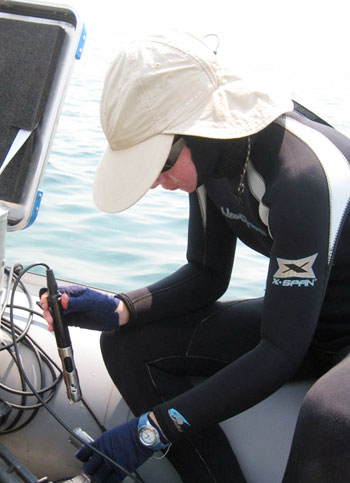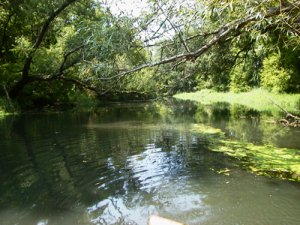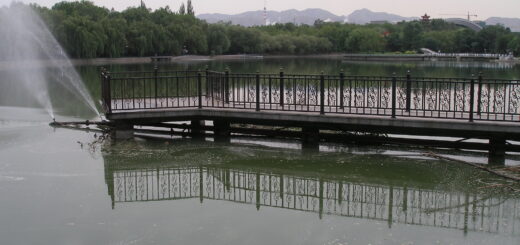Research team crowdsources fish study
1
Devin Bloom, a Ph.D. candidate in evolutionary biology at the University of Toronto Scarborough, thought to use Facebook to help complete an ichthyological survey of Guyana’s Cuyuni River.
A group of scientists has proved Facebook is good for more than poking friends and harvesting virtual farms. A research team led by Dr. Brian Sidlauskas from Oregon State University used Facebook to identify 5,000 fish species on an expedition sponsored by the Biodiversity of the Guyanas Program at the Smithsonian’s Museum of Natural History.
This first ichthyological exploration of the Cuyuni River in Guyana sought to identify the river’s many fish species and determine population sizes. Located on the border of Guyana and Venezuela in South America, the river is threatened by mining operations. The resulting increase in sedimentation and mercury deposits in the river make the environment less hospitable for aquatic species.
The research team had to work quickly, as a mandate from the government of Guyana requested their findings immediately, complete with the identification of every discovered species, in order to speed along preservation efforts.
Devin Bloom, a Ph.D. candidate in evolutionary biology at the University of Toronto Scarborough, thought to post pictures of the fish on Facebook so that other ichthyologists of the world could help label them. He said he was inspired by a friend who used Facebook for identifying fish in the past. The idea worked; within a day, various Facebook friends with ichthyological expertise had classified the vast majority of fish.
Compared to studies of nearby rivers, the effects of mining pollution on the Cuyuni River were obvious. Bloom remarked that researchers usually identify 20,000 or more fish. The river could be in jeopardy, but the information gathered by the research team and its Facebook collaborators will help the government make plans to revitalize and preserve the river’s ecosystem.
Crowdsourcing science: PhD student uses Facebook to identify thousands of fish [University of Toronto Scarborough] Crowdsourcing Via Social Media Allows Rapid Remote Taxonomic Identification [National Museum of Natural History] Facebook Friends of Social Networking Scientists Help Identify Fish [Smithsonian.com] How a researcher used Facebook to identify thousands of fish [EarthSky]
Image Credit: Whit Bronaugh














A very interesting article. Who knew what we could be doing instead of checking our Facebook statuses? Thanks for writing it.